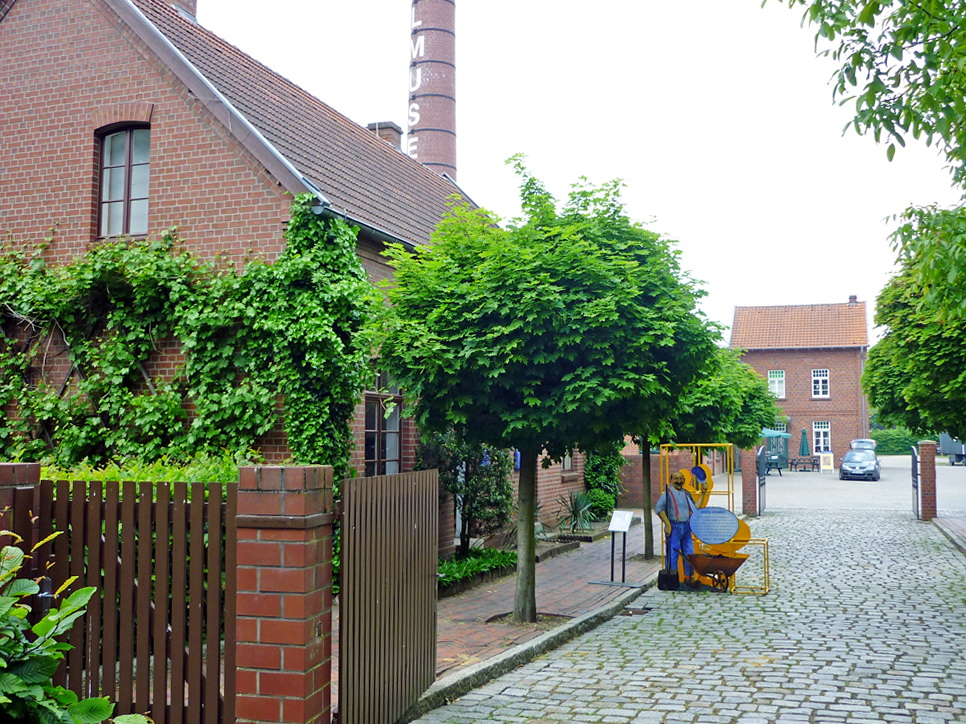

During the Industrial Revolution, the textile industry played a major economic role in the Münsterland. Bocholt was one of the most important textile towns in Germany and the townscape still reveals much evidence of the architectural, social and technological history of the textile sector. Large areas near the town centre are marked by the close relationship between textile factories and housing which arose over 120 years ago.
Factories for cotton wool and cotton-waste cloths as well as businesses supplying equipment for the textile industry (bleaching, printing, dyeing) caused the town to develop. The earliest examples of co-operative housing for workers in western Münsterland can be found here. Parallel to this, entrepreneurs’ villas were constructed in the best residential areas. This social and architectural history can be explored on foot or by bike with the aid of a map detailing Bocholt’s textile history.
The equipment in Bocholt’s textile museum is equivalent to that of a weaving mill in the Münsterland around they year 1900. Here, visitors come face to face with the history of cord weaving in the Münsterland and also learn about the working and living conditions of the textile workers. A steam engine powers the machines in the “museum factory” which are used for making the towels and tablecloths on sale in the museum shop.
An outdoor clock dating from 1886 and a weathercock show the way to Josef Schröer’s collection of clock-tower clocks, tower crowns and bells at Wesemannstrasse 5, tel: (02871) 17630. This unique museum is open by arrangement and enables the visitor to get a close look at craftsmanship which is normally too far away to be seen in detail.